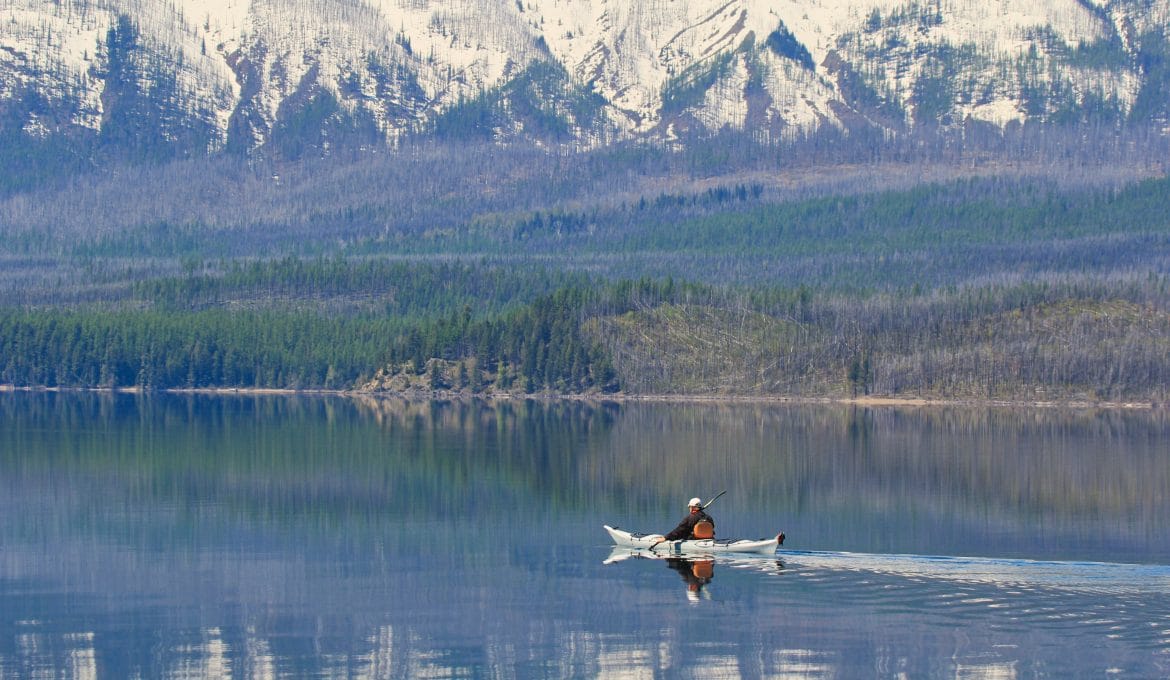Are you a fair-weather paddler? Of course, you’re not. Because you know—like thousands of other kayakers—that real kayaking is a year-round sport. Of course, cold water presents a significant number of other challenges that warm weather doesn’t. Specifically, hypothermia and drowning.
Do things safely and plan your trip well, and winter kayaking offers you a whole host of beauty that you may not get to see during the summer. Here are a few cold-weather kayaking tips to keep you warm and safe.
Dressing for the Cold Weather

It’s one thing to be cold. It’s another entirely to be both cold and wet. A basic rule is to dress for the worst-case scenario. In this case, that means you get dunked in very cold water.
There are three primary ranges that help determine the kind of gear you need.
-
-
- 55-59 degrees Fahrenheit
- 45-54 degrees Fahrenheit
- Below 45 degrees Fahrenheit
-
For 55-59, it’s recommended you wear a full-body wetsuit, at minimum. These are neoprene suits that help reduce cold water circulation around your skin. They’re made to be skin tight in order to function properly.
For 45-54, a drysuit is recommended. These are waterproof, with gaskets at every opening to prevent water from getting inside.
Under a drysuit, it’s important to layer. The innermost layer should be thin and made of moisture-wicking material.
The second layer should be insulative: think fleece or any other material that doesn’t absorb. Thinner is better, and the more layers the better. Adjust for temperatures to prevent overheating.
Below 45, it’s imperative that you wear a drysuit, and layer appropriately.
Cold Weather Equipment for Your Kayak

If you’re dealing with ice, you want your sturdiest boat. Add to that the possibility of portaging, you want something light too. A strong plastic kayak tends to handle these elements best.
As a paddler, you know that you’re going to catch spray and water will get inside your boat. Neoprene sprayskirts can help keep water out of your boat and off of your lower half.
And you know this, but of course: always, always wear a personal flotation device.
Gear to Keep on You When Kayaking in Cold Water

Your dry bag is one of your most important assets when kayaking, but that’s especially true when in cold water. It should contain some of the following:
Otherwise, it’s always a good idea to keep a thermos on you, filled with some kind of hot liquid.
While you want to plan (and dress) for the worst, cold-weather kayaking offers a ton of beautiful scenery and opportunities. Be safe, be smart, and get paddling.
Ready to go cold-water kayaking? Shop our full selection of cold-water kayaking gear.




